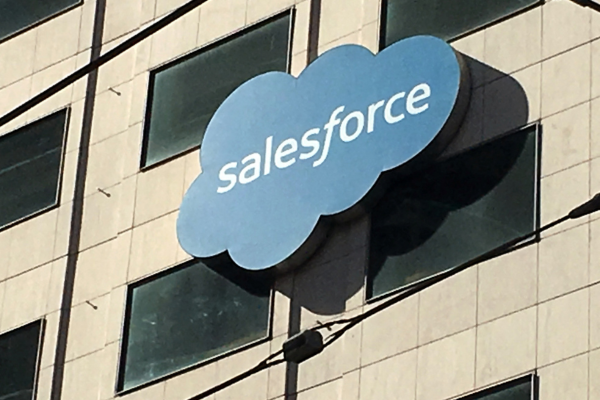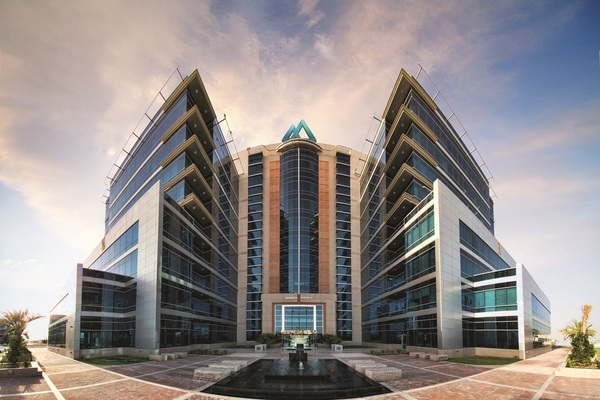Decarbonising software in the office

Using any form of software takes energy. And alongside sustainability concerns, energy use has major implications for the profitability of any business, especially at today’s high energy prices.
However, many organisations fail to recognise that different types of software can have very different energy use impacts. For example, both artificial intelligence and distributed ledger technology (such as that which powers many cryptocurrencies) can highly energy intensive, unless managed actively.
A focus on reducing software energy use involves adopting practices and tools that minimise energy consumption and avoid waste. And there are many ways organisations can a chieve this.
IT-based strategies
The environment within which software is used can influence energy consumption. Organisations can reduce energy use by selecting software that support energy-efficient architectures, such as cloud and edge computing.
Cloud-based IT
Moving to the cloud isn’t just about efficient IT practices. It can also help with sustainability. Cloud providers such as Amazon Web Services (AWS), Microsoft Azure and Google Cloud have made significant investments in energy-efficient data centres, many of which are powered by renewable energy, and some of which are located in naturally cold climates, reducing the need for cooling.
In addition, cloud providers pool resources across several different users, further lowering energy requirements. By using their cloud-based services, rather than basing your servers in your office premises, you can leverage more sustainable computing resources.
Edge computing
Where cloud services are not appropriate, edge computing can be an important alternative. Organisations should therefore consider software that supports edge computing, where processing happens on local devices (such as tablets and smartphones) rather than in cloud data centres. Windows in particular has several tools designed to support edge computing for IoT systems, such as Windows for IoT, Azure IoT Edge, and Azure Stack Edge. This reduces the need for data transfer and therefore lowers energy consumption.
Lightweight software
When evaluating software, organisations should avoid platforms that come with unnecessary features. These inevitably increase the processing power required, and if these features are not needed then the extra energy used is simply a waste. Organisations should instead opt for software that offers the flexibility to select only the features you need.
Built-in power saving
Many software packages include built-in power management options that can optimise the energy usage on end-user devices with automatic screen dimming and other power-saving modes. These can extend the battery life of mobile devices, saving charging time as well as reducing power usage of devices that are plugged into sockets. Many of these will be optional rather than default settings, so users will need to be instructed on how to find them and when to use them.
Optimising energy use by AI
Most modern organisations are at least experimenting with AI, and it is likely to become a significant component of many software systems over the next few years.
AI can use energy very intensively, and it is tipped to use as much electricity as the Netherlands by 2027. The simplest way to reduce the energy used by AI within an organisation is to reduce reliance on AI. But that is unlikely to be a particularly sensible strategy in many circumstances. Fortunately, there are a number of other steps that organisations can take.
AI system design can take energy use into account. For example, the Hugging Face platform is exploring low-energy AI models that require fewer computational resources and are therefore more sustainable. Some AI frameworks are designed to reduce computational overhead through techniques such a quantisation (reducing the precision of numbers in computations) and pruning (removing redundant connections in neural networks). These not only increase the efficiency of AI systems, they also lower the power demands of AI models without significantly compromising accuracy.
Another strategy is to use pre-trained models. Training AI models from scratch can be very energy intensive. Pre-trained models allow you to fine-tune an existing model rather than starting from zero. As well as reducing energy requirements during the development of new AI systems, pre-trained models minimise hardware requirements and cut down on development time.
Energy use over the software lifecycle
The way that software is used affects its energy consumption. Mirko Stocker describes how his laptop uses 12 Watts when writing code and listening to music. This spikes to 20 Watts if he refreshes a browser page. Playing a video game or watching an HD film would be likely to increase power use further.
The energy software uses is not just related to its day-to-day operation. Additional energy requirements may be related to training users and to maintenance. There may also be energy usage issues related to the need to operate other systems or hardware to support the software. Organisations need to ensure they take a holistic and long-term view of software energy requirements.
Selecting sustainable software
To select energy-efficient software, organisations should focus on solutions that minimise computational demands and support energy-saving techniques such as AI quantisation and cloud computing powered by renewable energy.
Sustainability certifications can help with this. Some software vendors offer sustainability certifications that detail the energy usage of their platforms. This information should be used as part of the procurement process.
By prioritising vendors with a commitment to sustainability and continuously monitoring the energy consumption of software, energy use can be optimised, enabling organisations to play a significant additional role in promoting sustainable business practices.

Jeremy Swinfen-Green
Related Articles
Most Viewed
Winston House, 3rd Floor, Units 306-309, 2-4 Dollis Park, London, N3 1HF
23-29 Hendon Lane, London, N3 1RT
020 8349 4363
© 2024, Lyonsdown Limited. Business Reporter® is a registered trademark of Lyonsdown Ltd. VAT registration number: 830519543




